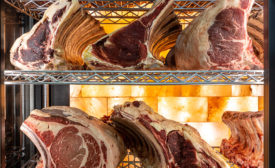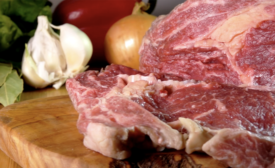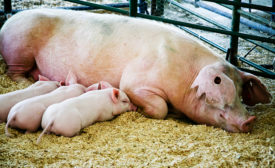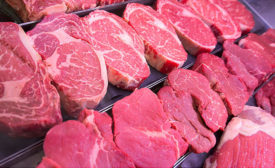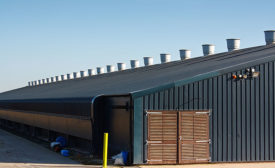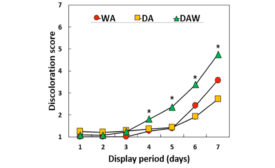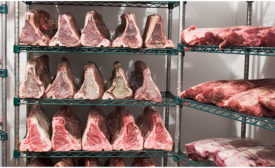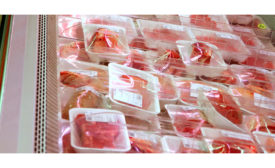Yuan H. Brad Kim PhD
Yuan H. Brad Kim is an Assistant Professor of Animal Sciences in the Meat Science and Muscle Biology Lab, Department of Animal Sciences, Purdue University. Contact him via email at bradkim@purdue.edu.
ARTICLES
Research suggests conventional dry-aging improves the palatability of cull-cow beef.
Read More
Tumbling without brine inclusion: A new strategy for tenderizing beef?
Research suggests it could allow fresh beef steaks to reach desired tenderness in less time.
Read More
Meat Science Review
Hunting compounds crucial to dry aging flavor
Further investigation of dry-aging effects on palatability attributes and metabolomics profiles of beef loins.
Derico Setyabrata
Jiwon Lee
Silvana Martini
Jerrad F. Legako
Tiago J.P. Sobreira
Yuan H. Brad Kim PhD
January 16, 2019
Meat Science Review
Ruminal bypass arginine and beef product discoloration
Supplementing beef steers with ruminal bypass arginine improves oxidative stability of aged beef loins.
December 3, 2018
Meat Science Review
Can probiotics help combat heat stress in broiler chickens?
Probiotic supplementation as a novel nutraceutical strategy to improve meat quality of broiler chickens exposed to chronic heat stress
Read More
Meat Science Review
Effects of dry aging on color and oxidation stabilities of beef loins
December 16, 2016
Stay ahead of the curve. Unlock a dose of cutting-edge insights.
Receive our premium content directly to your inbox.
SIGN-UP TODAYCopyright ©2024. All Rights Reserved BNP Media.
Design, CMS, Hosting & Web Development :: ePublishing
